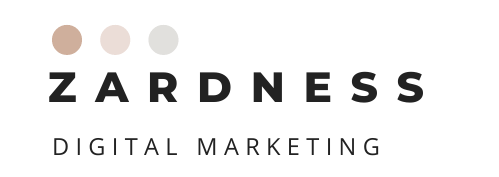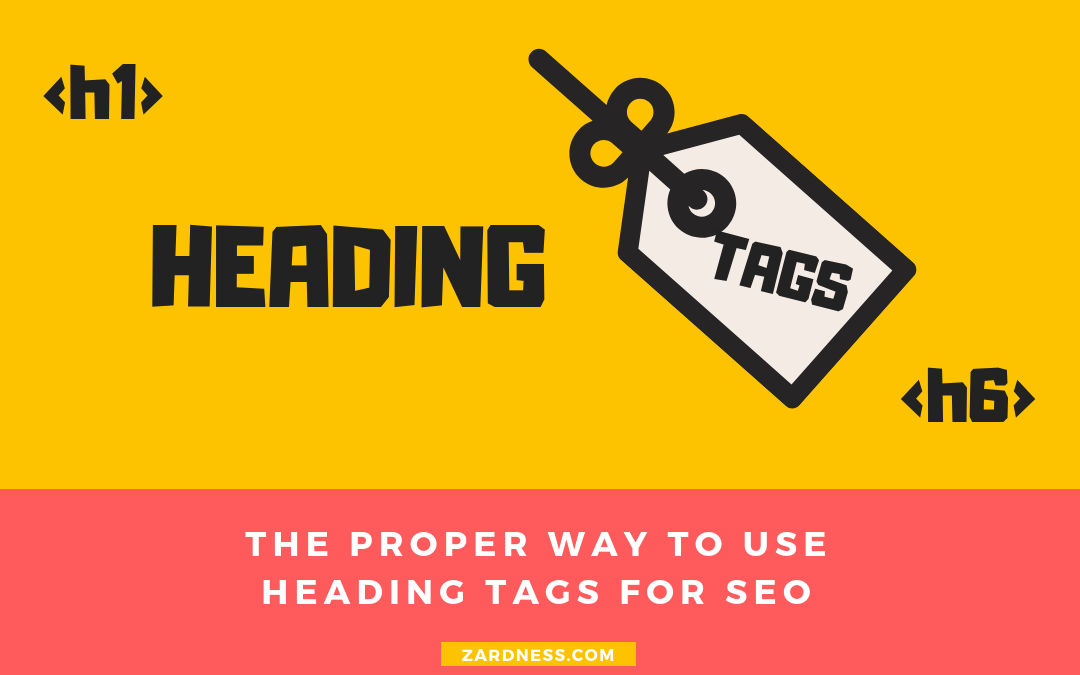Many website creators without SEO knowledge use heading tags for design purposes since the heading usually are bolder and larger than other text. But that is not what heading tags are supposed to be used for.
Heading tags are used to create structure and context to your page. They break up the content and makes it easier to read and understand what the page is about.
Heading tags have a top-down hierarchy from <h1> to <h6>.
How to use Heading Tags for SEO?
Heading tags can improve your search engine ranking. Not only does a structured page with heading makes it easier for visitors to read but also for search engines to crawl.
h1 – The Topic Your Page Is About
The h1 tag is the highest level that that shows what your specific page is about. It’s SEO best practice to use only one h1 tag on each page. It should be the title of the page or blog post and at the top of the page content.
h2 – The Main Topics You’ll Cover in Sections
Think about the h2s like chapter headings in a book. If the page is lacking heading tags, it makes it more difficult for the reader to judge what the sections are about. Visitors spend about 10 seconds to find what they’re looking for and if the text is heavy and hard to read, it’s a goodbye right there.
The h2 tags can be used multiple times as long as they follow a hierarchical structure. They can be used as subheadings for about every couple of hundreds words of text.
h3-h6 – Subheadings Within Each Section
Maintain the hierarchy while using the heading tags. Use them in numerical order and don’t skip a level since the structure will be broken and not ideal for on-page SEO.
The h4-h6 tags are not used as much unless the page is really text heavy.
Including Keywords In The Headings
Include keywords in your header tags, but don’t be spammy. An informative title is more important than a keyword stuffed title. Use the words people would use when searching for what your content is about.
The keywords you use should also be included in your meta description, alt tags of images and the URL.
How Can I See if my Website Uses h1 Tags and Other Headings?
Run your domain through a crawler tool like Screaming Frog to see how many heading tags your site has.
But for a quick review of your page without downloading tools, you can check if your website is using h1 and other tags through your browser.
- Open your Internet browser and go to the URL of the page you want to check.
- Click “view” then “source. A new window will open displaying the HTML code.
- Click “edit” then “find.”
- Type in <h1> and click “find next”.
- This will now highlight the sections of your site that are using the h1 tag.
- Follow the same steps for h2, h3, h4, h5 and h6.
Conclusion
Heading tags are important for each page and can make a big difference to readability and search engine visibility. They provide structure and context to your article and should not be used to style fonts.
A site that lacks h1s and h2s is like a book that lacks a title and chapter heading.
Did this post clearify a few things about heading tags? Let me know!

